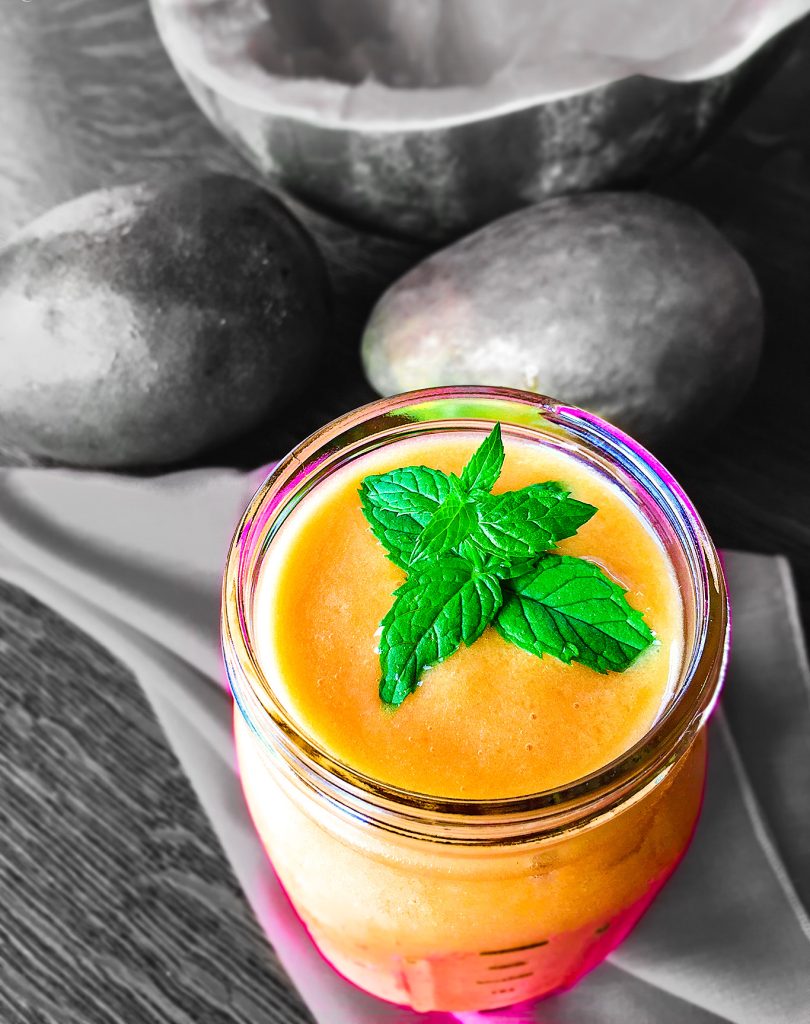
In the vast landscape of life, love takes on many forms, much like the fruits that grow in nature. When we seek to understand the essence of love, metaphors often guide us, helping to articulate what words alone cannot fully capture. Consider, then, the mango and the watermelon—two fruits that embody the dual nature of love. Each offers something distinct and profound, reflecting the different paths love can travel in our lives.
The mango, with its bold, vibrant flavor, represents a love that seizes the moment. Its texture is smooth yet slightly fibrous, much like a relationship full of passion and intensity—sweet, but sometimes leaving traces behind, just like the fibers that remain long after the fruit is gone. The mango’s thick, protective skin hides the rich, juicy flesh within. This outer layer can symbolize the defenses we build around our hearts in passionate love, layers that must be peeled away to truly experience the depth of emotion inside.
The color of the mango, a warm, golden-orange, reflects the heat and fire of a love that burns brightly. But like the mango’s flesh, this love is often fleeting. You savor it in the moment, knowing that once the fruit is gone, all that remains is the single, large seed. This seed might represent a promise, a memory, or perhaps the potential for something new to grow—if planted in the right soil.
The watermelon, by contrast, symbolizes a love that is enduring and abundant. Its texture is crisp, refreshing, and consistently sweet, much like a love that sustains and nourishes over time. The thick, green rind of the watermelon represents the resilience and strength needed to protect a love that is built to last. Inside, the watermelon is filled with many seeds, not just one. These seeds represent the myriad moments, memories, and shared experiences that come together to form a lasting bond—a love that is generous and shared, rather than held tightly within.
The color within a watermelon, a deep and vibrant red, speaks to a love that runs deep, full of warmth and affection. Unlike the mango, where the single seed signifies a singular focus or a fleeting moment, the watermelon’s many seeds hint at a love that is complex, layered, and abundant. Each seed within the watermelon is a small, unobtrusive part of the whole, much like the small but significant moments that make a love last over time.
In comparing these two types of love, we recognize that the mango offers the thrill of a passionate, momentary connection, while the watermelon provides the sustenance of a love that endures. Both are important in their own ways. The mango reminds us to cherish the intense, fleeting moments of passion, while the watermelon teaches us the value of a love that grows and deepens over time.
But what if we could take the best of both these fruits, blending the vibrant intensity of the mango with the enduring sweetness of the watermelon? Imagine a love that not only ignites with fiery passion but also nourishes and sustains you over time—a love potion that combines the thrill of the moment with the promise of forever. In this magical blend, the mango’s boldness would infuse the watermelon’s stability with bursts of excitement, while the watermelon’s deep roots would ground the mango’s fleeting pleasures, creating a perfect harmony. This love, much like the juice of these two fruits combined, would be a rare and exquisite elixir—a balance of passion and permanence, a love that is both wildly exciting and deeply enduring.
So, the next time you send a token of your love, whether it’s a message, a gesture, or a gift to the love of your life, think about whether you’re offering the sweet intensity of a mango or the enduring sustenance of a watermelon. Both are beautiful, but understanding which one your love represents might just deepen the connection you share. And if you can find a way to blend the best of both, you may just create a love that is as refreshing as it is passionate—a love that is truly the perfect love potion. 🥭🍉